The Château of Gisors was built by Robert de Bellême on behalf of William Rufus in 1096-1097. It is the key to Normandy according to the expression used by Orderic Vital. In the 12th century, the Château commands a system of defences of a dozen châteaux that spread from Epte to Andelle facing the châteaux of Chaumont, Trie and French Boury en Vexin. Gisors is the continuing stake in the conflicts between the King of France and the Duke of Normandy. The castle consists of a polygonal tower in stone raised on a ‘motte’ (mound) and closely protected at is summit by fortifications, the “chemise wall”, an innovation, henceforth adapted to all the neighbouring keeps.
The defence is augmented in periods of troubles starting in the years 1120, under Henry I Beauclerc, by a low outer wall flanked with square towers. Henri II Plantagenet had two floors added to the keep and reinforced the low outer wall around 1170-1180. Richard the Lion Heart, then Philippe Auguste, augment the structure. Philippe Auguste notably adds a cylindrical keep that dominates the exterior wall near to the entrance of the courtyard (the ‘Tour du Prisonnier’ (Prisoner’s Tower)).
Other transformations are made in the 14th, 15th and 16th centuries. Essential a fortified site, the Château is also a place of royal residence which includes the service quarters and a chapel dedicated by Henry II to Saint Thomas Becket whose Romanesque ‘chevet’ (headpiece) is found in the fabric of the outer wall at the summit of the ‘motte’ (mound).


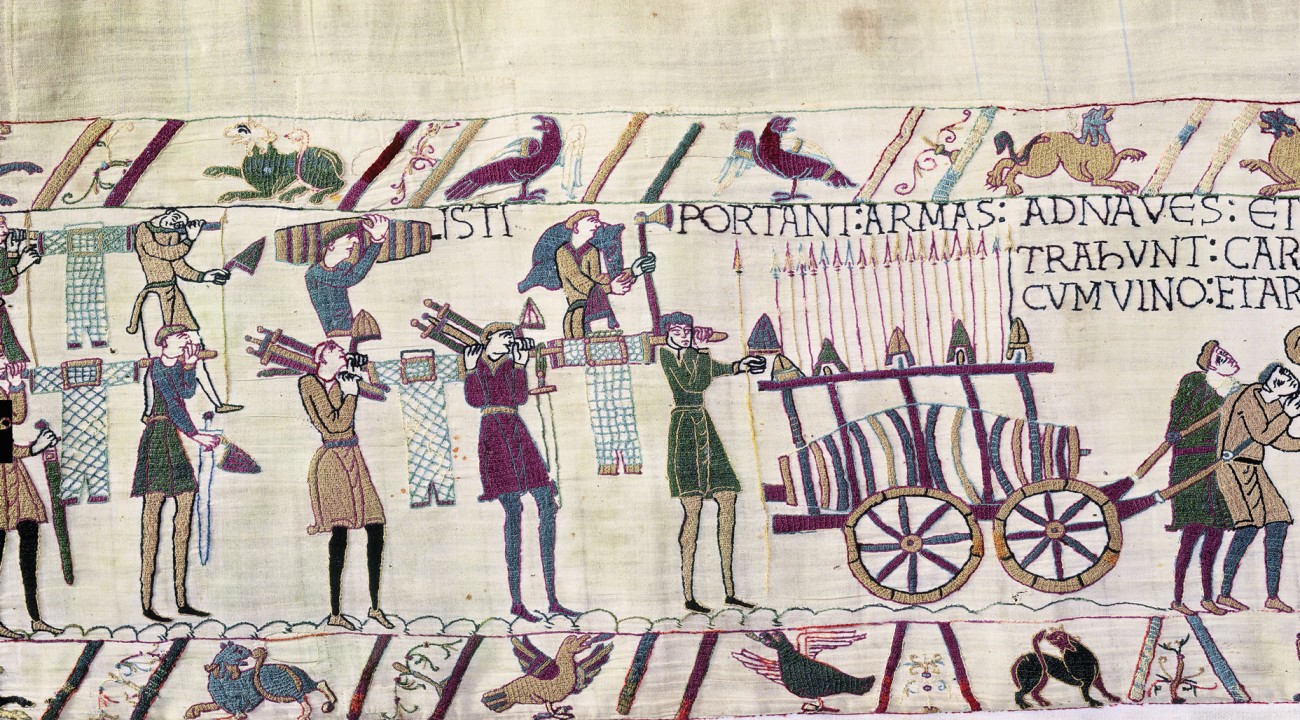
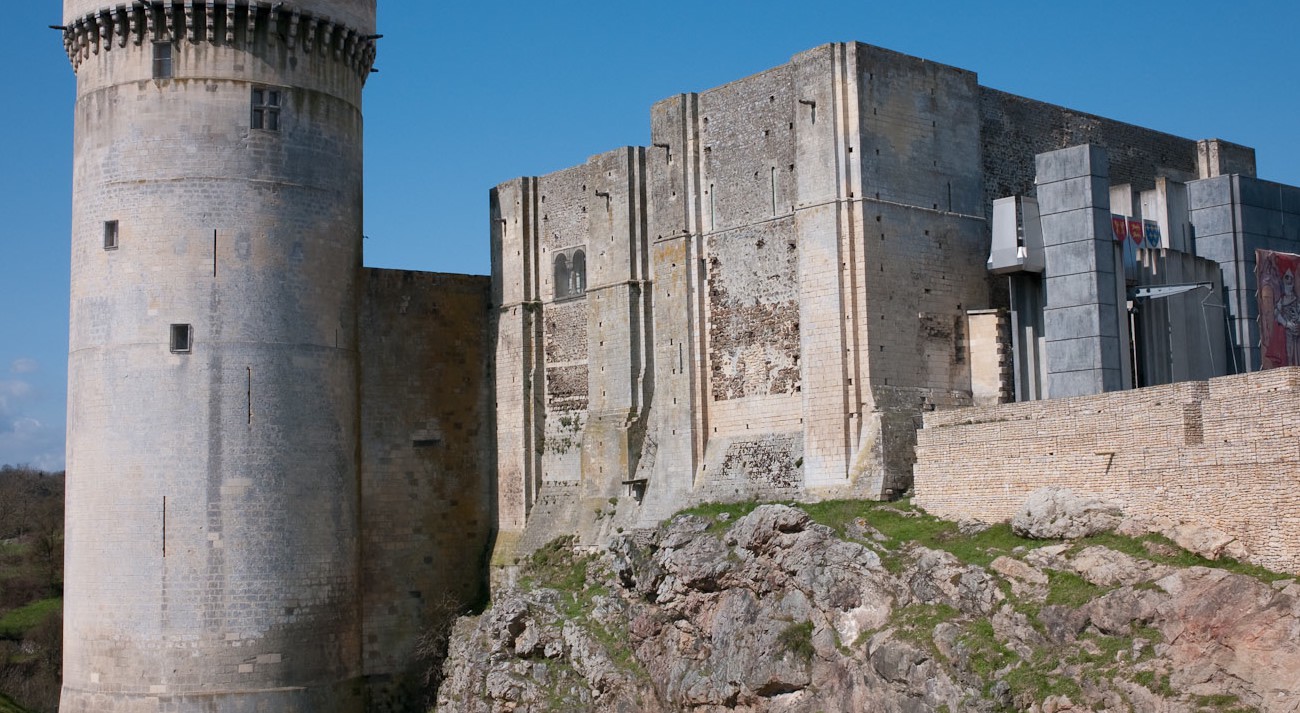
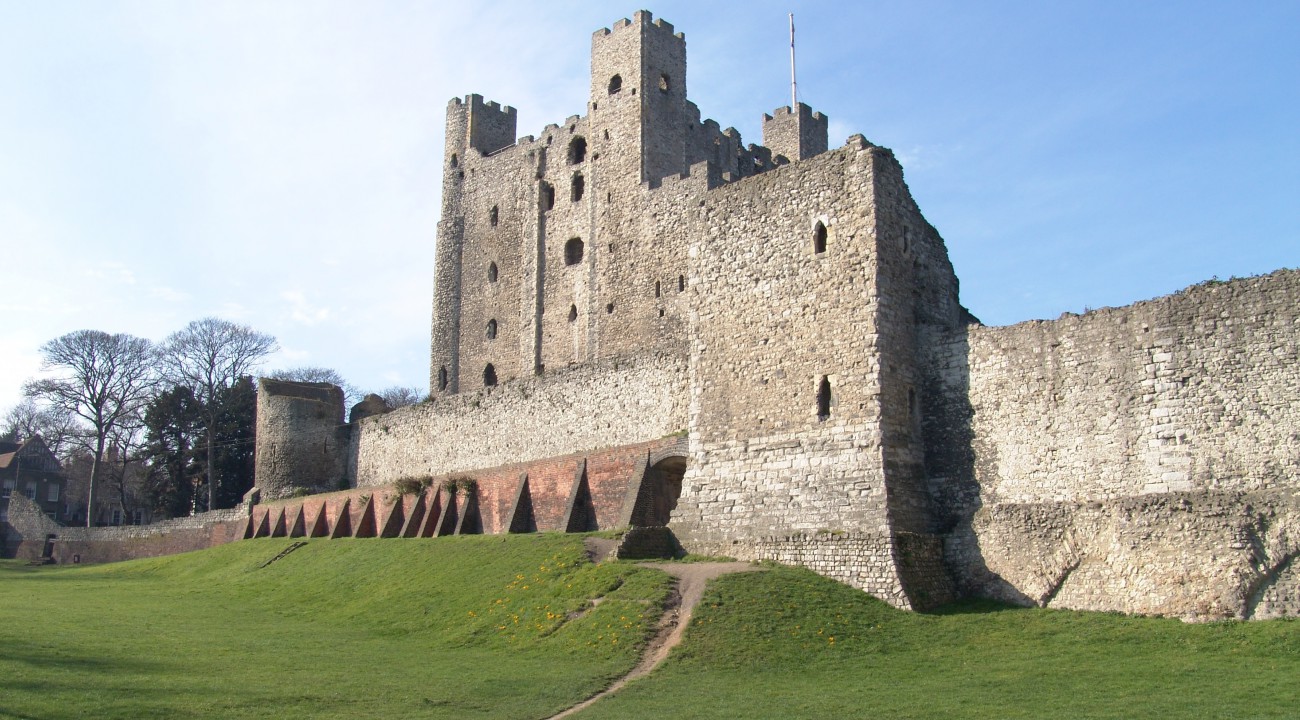
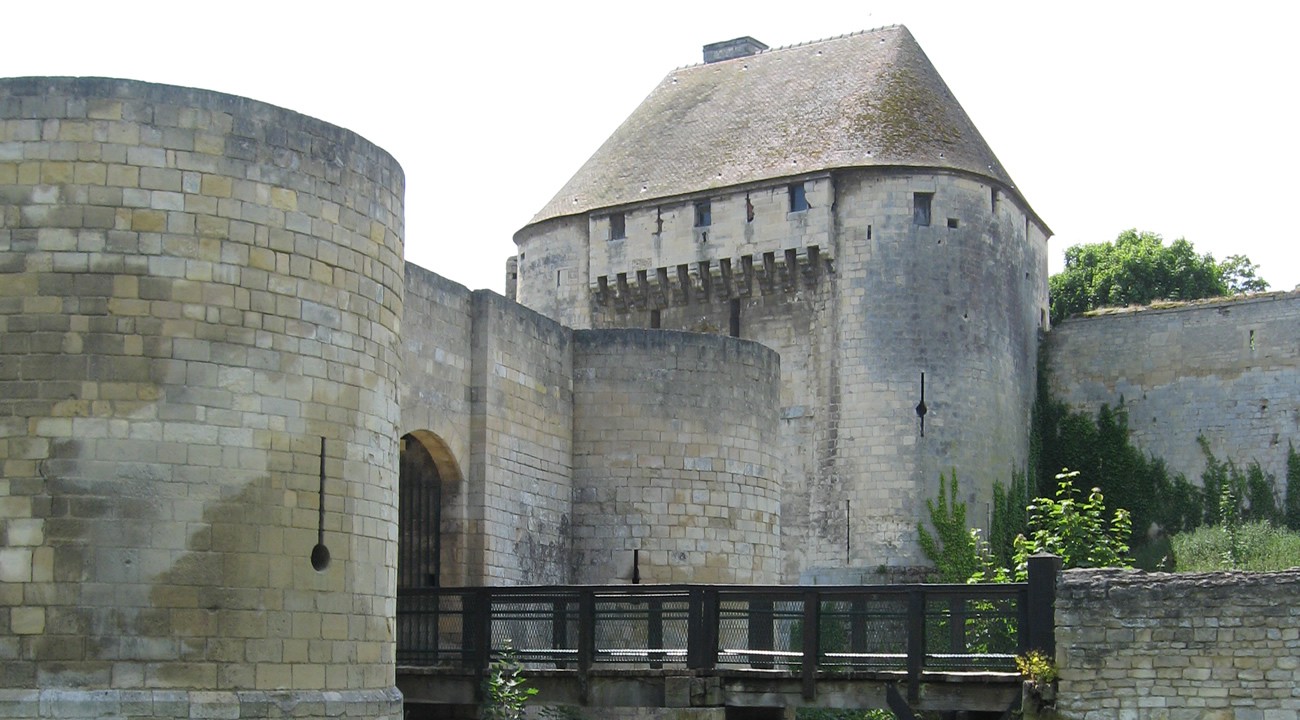
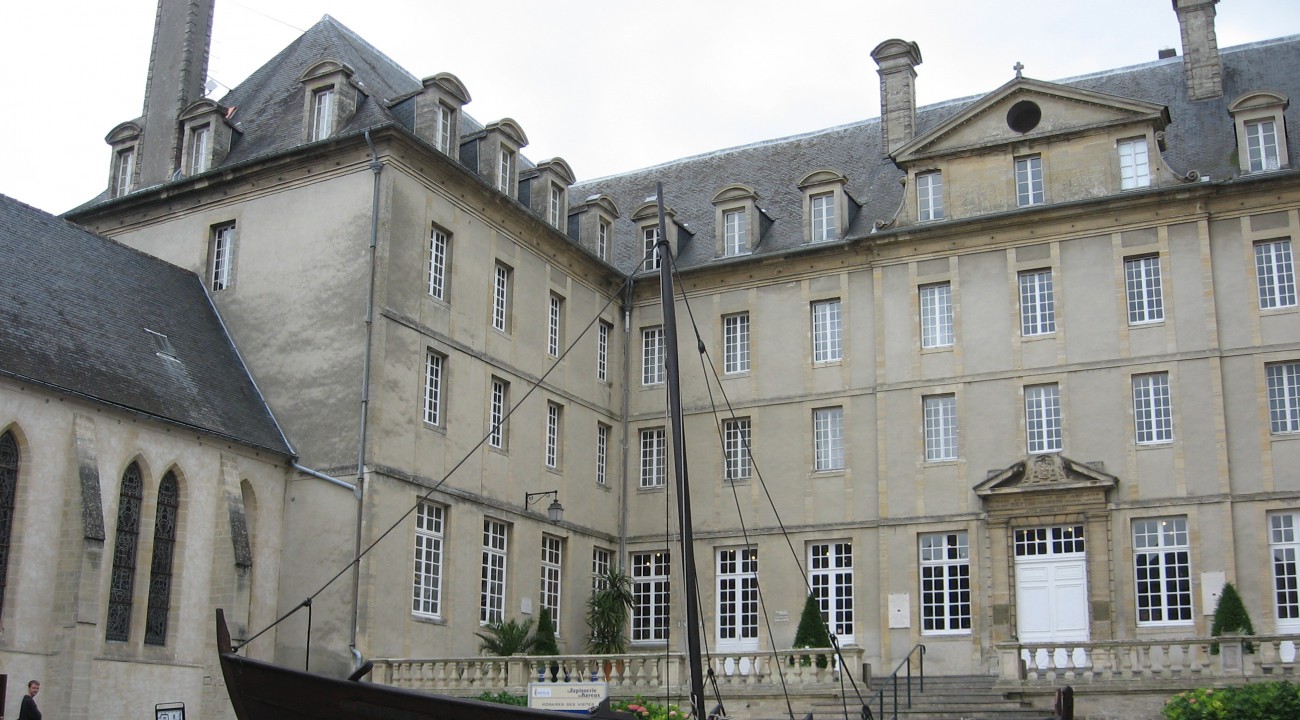
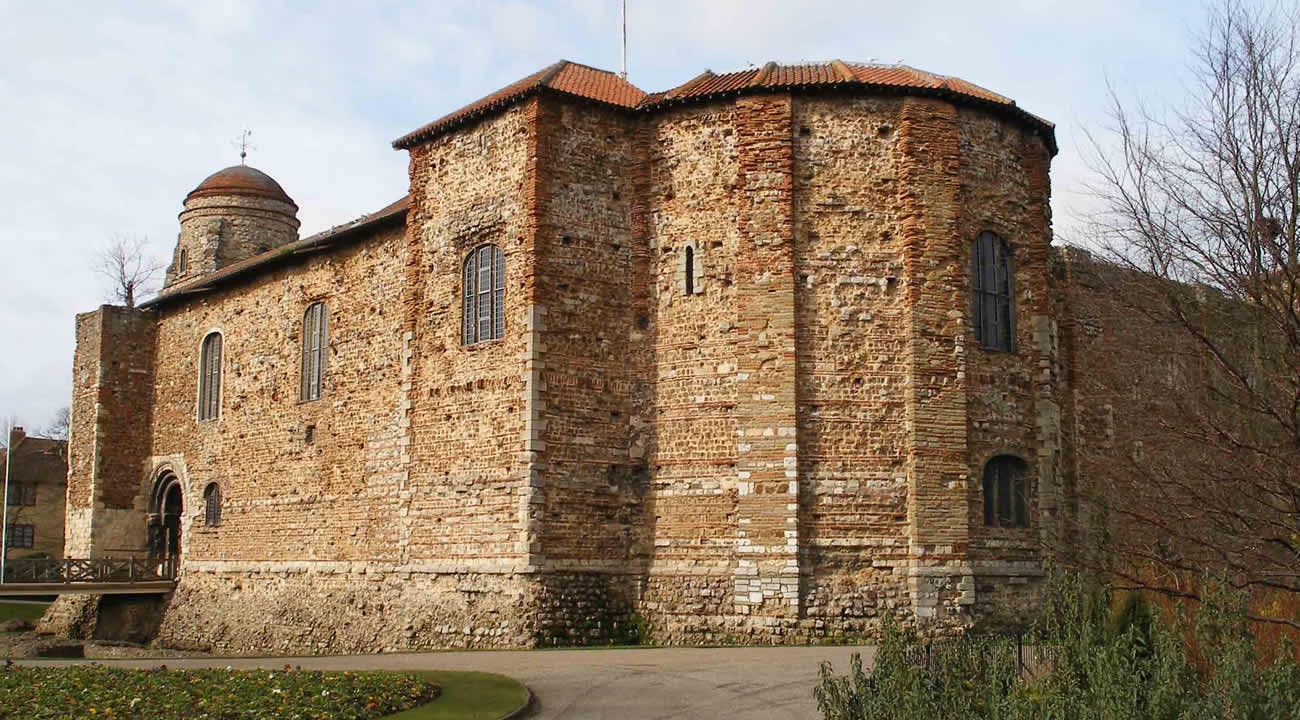
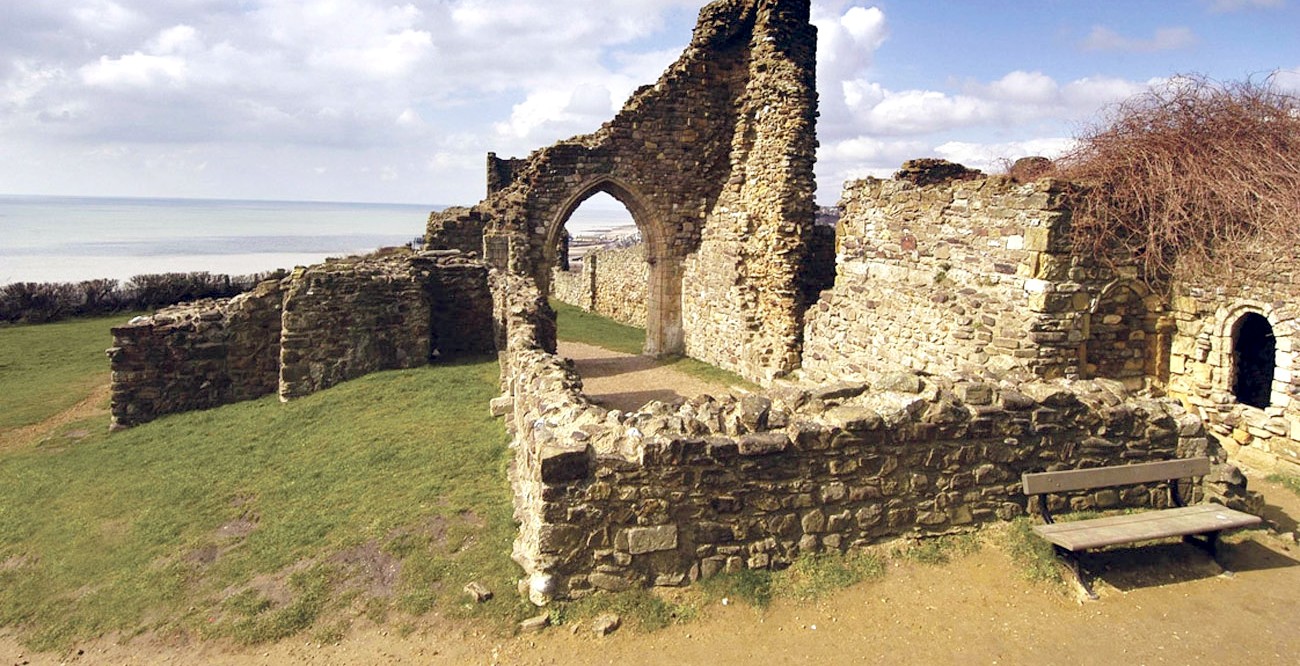
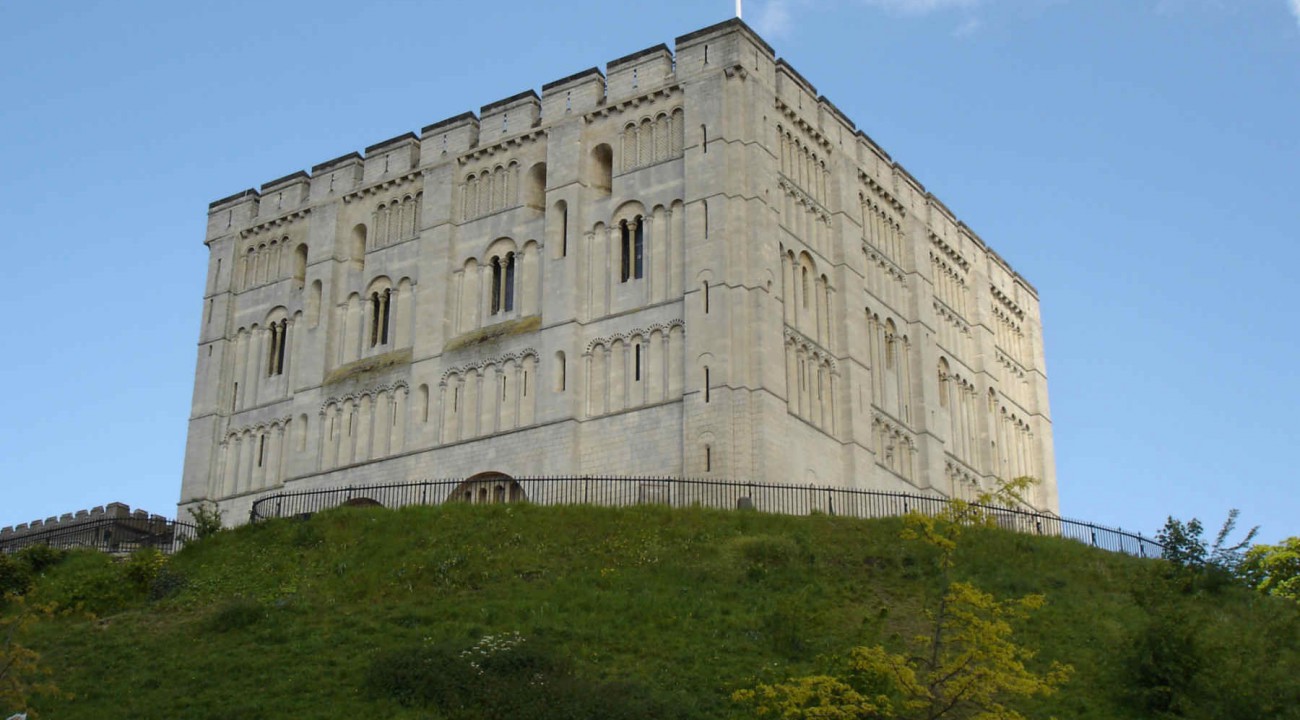
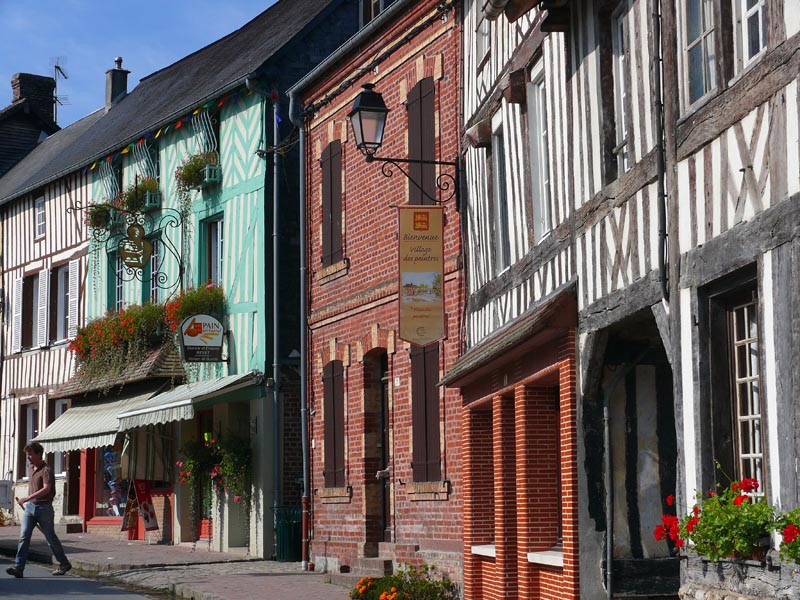
 Email a friend
Email a friend  Print this page
Print this page 

